

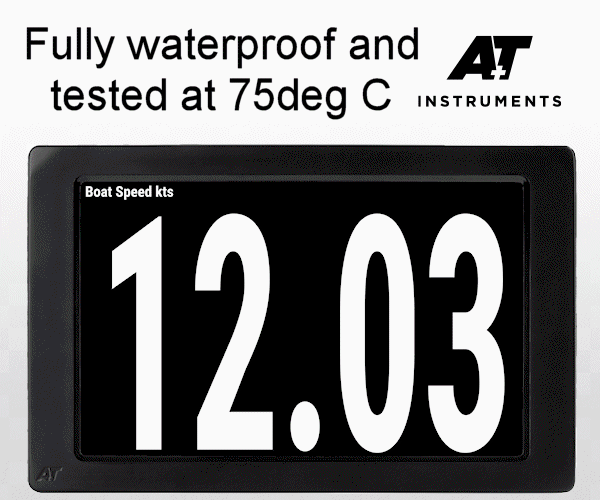
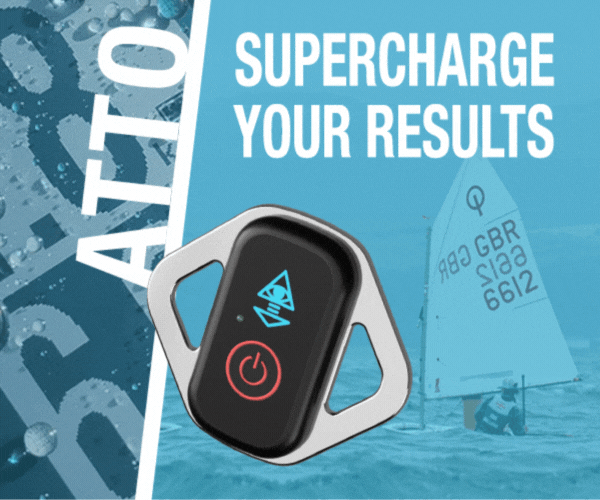


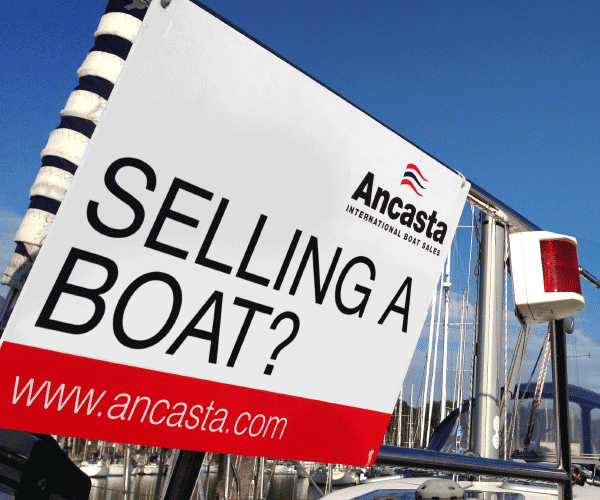
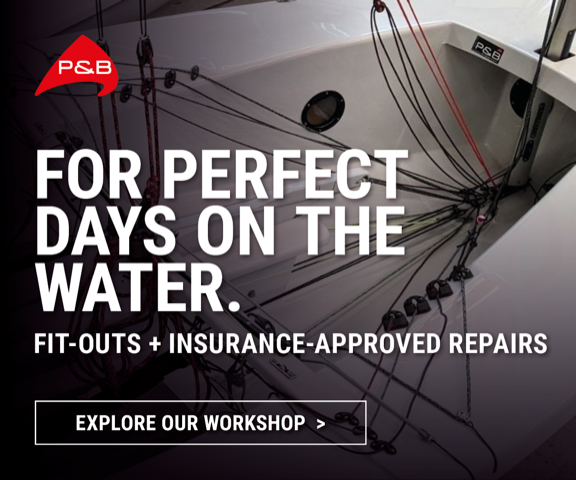

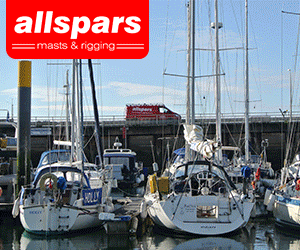



Boats for sale
| Laser 28 - Excellent example of this great design Hamble le rice |
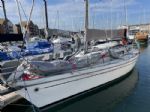 |
| Laser 140101 Tynemouth |
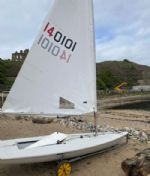 |
| Rossiter Pintail Mortagne sur Gironde, near Bordeaux |
 |
List classes of boat for sale |
How to Stop |
Post Reply 
|
Page <12 |
| Author | |
423zero 
Really should get out more 
Joined: 08 Jan 15 Location: United Kingdom Online Status: Offline Posts: 3420 |
 Post Options Post Options
 Quote Quote  Reply Reply
 Topic: How to Stop Topic: How to StopPosted: 10 Aug 18 at 4:14pm |
|
Tom,
Yachts tend to leave furled jib up, you need to keep it fairly tight though, wind will pick it to ribbons, frost can also damage sails |
|
 |
|
JimC 
Really should get out more 

Joined: 17 May 04 Location: United Kingdom Online Status: Offline Posts: 6662 |
 Post Options Post Options
 Quote Quote  Reply Reply
 Posted: 10 Aug 18 at 4:21pm Posted: 10 Aug 18 at 4:21pm |
|
The other downside of leaving the jib up all the time is UV damage. Some yacht sails have a dark band sewn to the leech and foot to protect.
|
|
 |
|
ColPrice2002 
Far too distracted from work 
Joined: 25 Nov 08 Location: United Kingdom Online Status: Offline Posts: 222 |
 Post Options Post Options
 Quote Quote  Reply Reply
 Posted: 10 Aug 18 at 9:00pm Posted: 10 Aug 18 at 9:00pm |
|
Thanks for the update...
There is a "manual" available for the Argo online, that may help. The Argo forestay is really only needed to keep the mast up without the jib. I find the Argo excellent for teaching, but certainly raising/lowering the mainsail is always a pain... Outhaul:- This controls the amount of curve (draft, draught, belly) in the sail. Look up aerodynamics (NASA) for a long description. Basically, flat sail = little drive from the sail; more curve = more power. Start with a hand span of curve, as the wind increases, you can flatten the sail to reduce the power & heeling effect. Gnav No tension allows the boom to rise, this means that only part of the sail is at the optimum angle to the wind. More tension, and more of the sail is at optimum angle. Lots of tension will bend the mast, this makes the sail flatter and you have another way of depowering the rig... That's a basic overview, try different settings and see what happens! Colin
|
|
 |
|
craiggo 
Really should get out more 

Joined: 01 Apr 04 Location: United Kingdom Online Status: Offline Posts: 1810 |
 Post Options Post Options
 Quote Quote  Reply Reply
 Posted: 10 Aug 18 at 10:10pm Posted: 10 Aug 18 at 10:10pm |
|
Is the OP trying to raise the mast and sails on the water or on the trolley?
If trying to do it on the water then I suggest doing it all on the trolley ashore, you can then get the boating pointing head to wind and you have space to avoid the swinging boom. Once rigged up walk the trolley into the water and pass the painter (rope from the bow to someone on the dock who can walk it out. Have a long line on the trolley back up the ramp and retrieve your trolley before joining the others on the dock. A fair bit of gnav and outhaul tension while launching will reduce some of the swinging boom but once everyone is in and you are ready to move away it's wise to ease the gnav a bit until you have everything sorted and under control. |
|
|
OK 2129
RS200 411 |
|
 |
|
ColPrice2002 
Far too distracted from work 
Joined: 25 Nov 08 Location: United Kingdom Online Status: Offline Posts: 222 |
 Post Options Post Options
 Quote Quote  Reply Reply
 Posted: 11 Aug 18 at 12:53pm Posted: 11 Aug 18 at 12:53pm |
|
Agreed.
The Argo needs the mast and jib to be raised ashore. We get the jib luff tension using 2 people. The heavier person stands on the launching trolley handles, grabs the forestay (gloves really useful) and pulls the forestay outwards as hard as possible. Person 2 hoists jib and pulls halyard into cleat (clamcleat). Then the forestay is untied from the stemhead and tied to the mast support beam. I usually put a piece of adhesive tape over the jib halyard just below the cleat. It reminds me not to uncleat the jib before replacing the forestay... (Everyone's done it once!) Colin |
|
 |
|
Post Reply 
|
Page <12 |
| Forum Jump | Forum Permissions  You cannot post new topics in this forum You cannot reply to topics in this forum You cannot delete your posts in this forum You cannot edit your posts in this forum You cannot create polls in this forum You cannot vote in polls in this forum |
Bulletin Board Software by Web Wiz Forums® version 9.665y
Copyright ©2001-2010 Web Wiz
Change your personal settings, or read our privacy policy
Copyright ©2001-2010 Web Wiz
Change your personal settings, or read our privacy policy











 Printable Version
Printable Version Delicious
Delicious Digg
Digg Facebook
Facebook Furl
Furl Google
Google MySpace
MySpace Newsvine
Newsvine reddit
reddit StumbleUpon
StumbleUpon Twitter
Twitter Windows Live
Windows Live Yahoo Bookmarks
Yahoo Bookmarks Topic Options
Topic Options